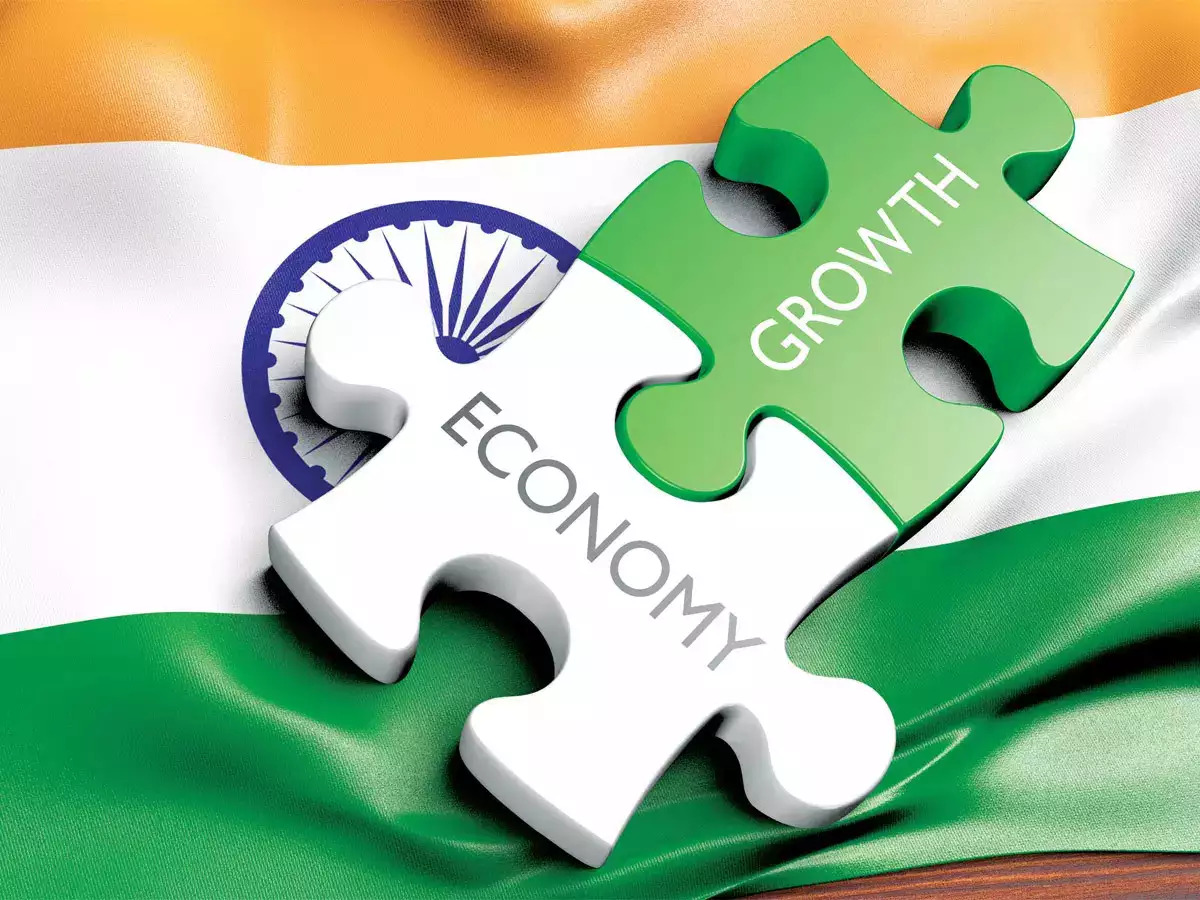Prime Minister’s Economic Advisory Council Chairman Dr. Bibek debroy, launched the State of Inequality in India Report (EAC-PM). The Institute for Competitiveness authored the research, which provides a comprehensive examination of the level and type of inequality in India. The study combines data on inequality in the health, education, household characteristics, and labour market sectors. Inequities in these areas, according to the research, render the population more vulnerable and lead to multidimensional poverty.
Buy Prime Test Series for all Banking, SSC, Insurance & other exams
Key Points of State Inequality Report:
- There has been significant progress in strengthening health infrastructure capacity, with a particular focus on rural regions. In 2005, there were 1,72,608 total health centres in India; by 2020, there would be 1,85,505.
- Between 2005 and 2020, states and union territories like as Rajasthan, Gujarat, Maharashtra, Madhya Pradesh, Tamil Nadu, and Chandigarh expanded the number of health centres (which include Sub-Centres, Primary Health Centre’s, and Community Health Centres).
According to the NFHS-4 (2015-16) and NFHS-5 (2019-21) findings, 58.6% of women got prenatal check-ups in the first trimester in 2015-16, increasing to 70% in 2019-21. Within two days following birth, 78.1 % of mothers received postnatal care from a doctor or auxiliary nurse, and 78.1 % of infants received postnatal care. However, dietary deficiency is associated with obesity, underweight, and anemia (particularly in children and teenage girls). However, as the report indicates, nutritional deficiency in terms of overweight, underweight, and anemia prevalence (particularly in children, teenage girls, and pregnant women) are major concerns that require immediate attention. Furthermore, insufficient health coverage, which leads to high out-of-pocket expenses, has a direct impact on poverty rates.
State of Inequality Report Data:
- The report looks at five main factors that determine the nature and experience of inequality.
- It is divided into two parts: Economic Facets and Socio-Economic Manifestations.
- Income distribution and labour market dynamics, as well as health, education, and household characteristics, are among them.
- Each chapter is dedicated to explaining the current state of affairs, areas of concern, successes and failures in terms of infrastructural capacity, and finally, the effect on inequality, using data from various rounds of the Periodic Labour Force Survey (PLFS), National Family and Health Survey (NFHS), and UDISE+.
- The research broadens the narrative on inequality by providing a complete analysis that affects the country’s ecosystem of diverse deprivations, which has a direct influence on the population’s well-being and overall growth.
- It’s a research that looks at how inequality impacts society across the intersections of class, gender, and geography.
- The report goes beyond wealth projections, which only provide a partial view, to emphasise income distribution forecasts for the years 2017-18, 2018-19, and 2019-20.
- The report emphasises that wealth concentration as a measure of inequality does not disclose changes in family purchasing power, and instead focuses for the first time on income distribution to explain capital movement.
- Extrapolation of income data from PLFS 2019-20 has revealed that a monthly salary of Rs 25,000 is already among the top 10% of overall earnings, indicating some degrees of income discrepancy.
- The top 1% earns 6-7% of all income, while the top 10% get one-third. Self-employed employees (45.78 percent) had the greatest percentage of self-employed workers in 2019-20, followed by regular paid workers (33.5 percent), and casual workers (33.5 percent) (20.71 percent ).
- In the lowest income groups, the percentage of self-employed employees is also the largest. The unemployment rate in the country is 4.8 percent (2019-20), while the worker population ratio is 46.8%.
Attendees:
- Dr Poonam Gupta, Director General of NCAER and a member of the Prime Minister’s Economic Advisory Council.
- Dr Charan Singh, Chief Executive of Foundation for Economic Growth and Welfare (EGROW)
- Professor Suresh Babu of IIT Madras were among the panellists at the event.




 States and Capitals - How Many States in...
States and Capitals - How Many States in...
 Top-10 People with the Highest IQ in the...
Top-10 People with the Highest IQ in the...
 Leopard 2A7 vs Challenger 3: Best NATO M...
Leopard 2A7 vs Challenger 3: Best NATO M...

